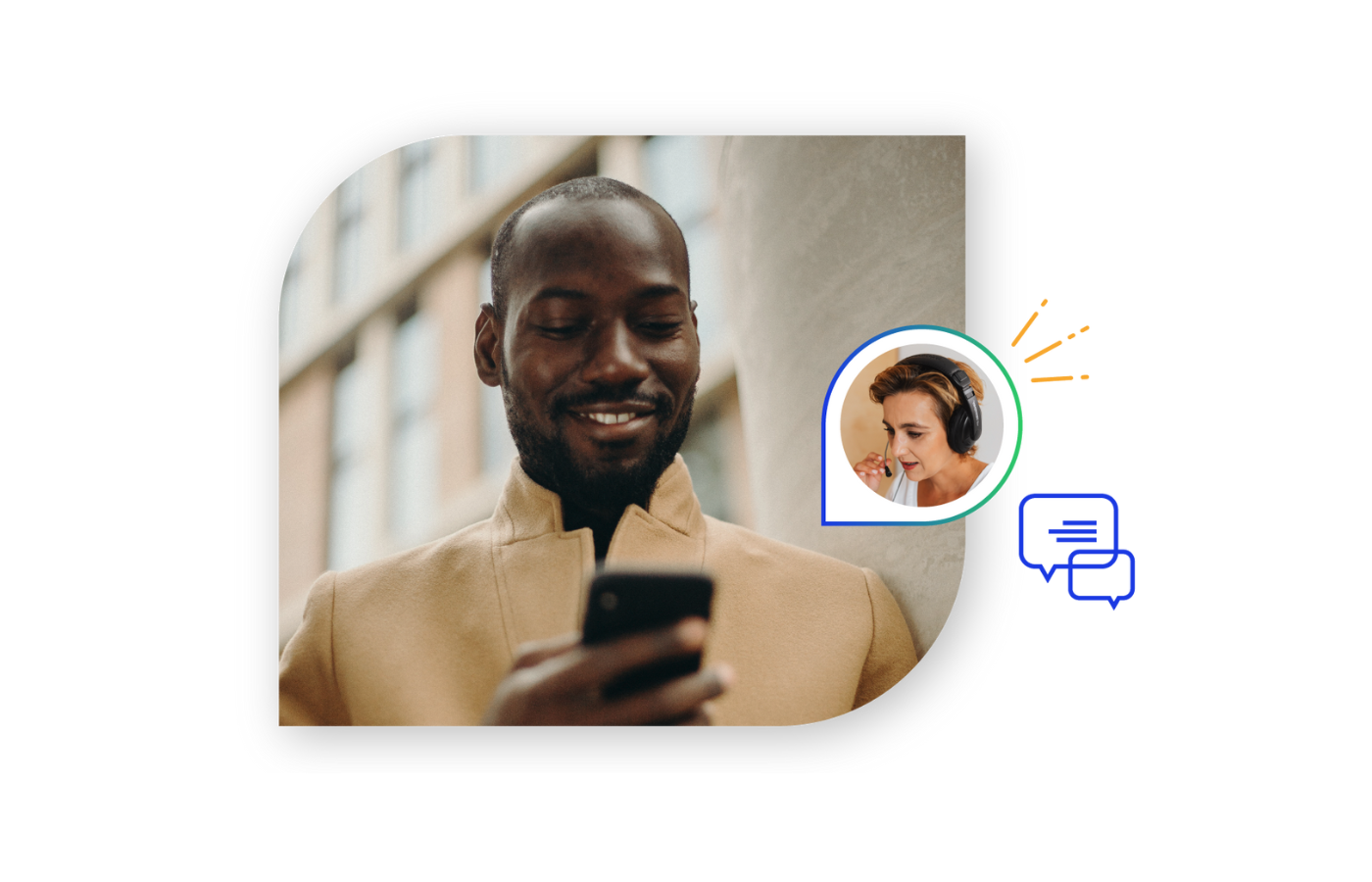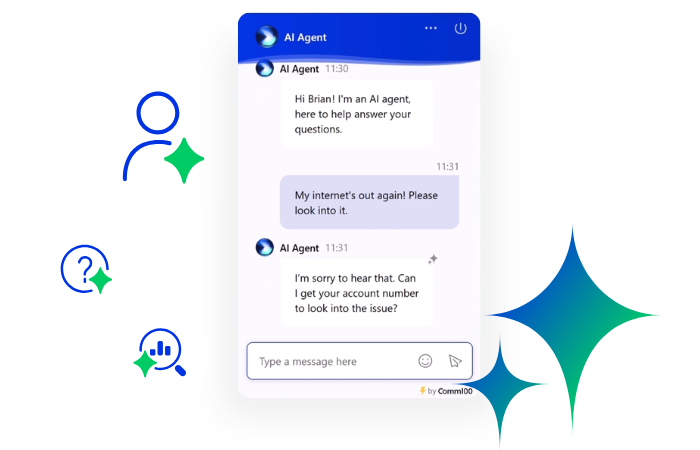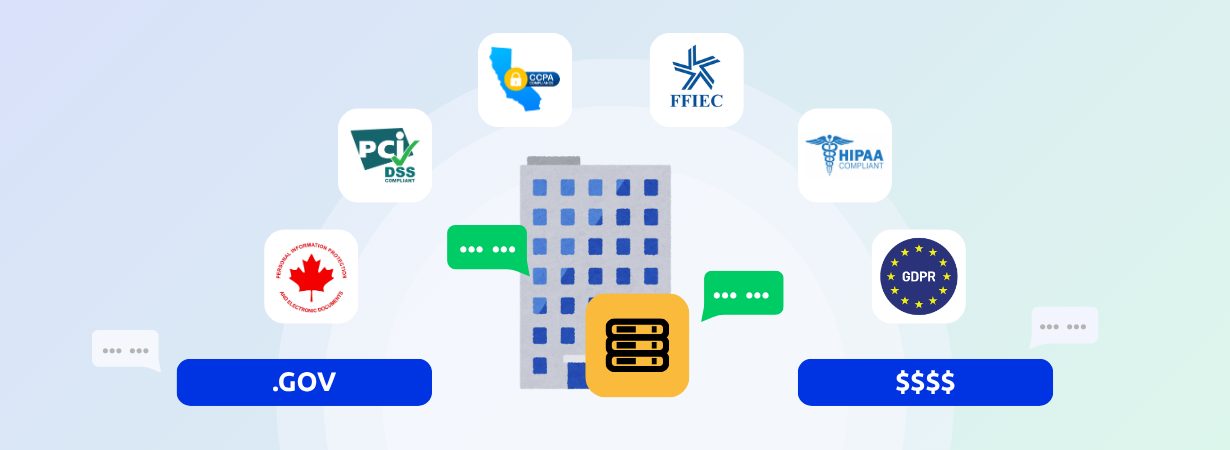For a long time, people have been conducting studies and evaluating data in a bid to figure out how customers make decisions. Many have focused on recognizing customer behavior patterns, especially during purchases, and this has led to a myriad of discoveries and the formulation of many theories.
One of these theories is the ‘Five Mys’ of consumer decision making. It offers a simple and interesting spin on the considerations that many consumers go through when deciding if to buy. The five ‘mys’ are:
- my motivation,
- my attention,
- my connection,
- my watch, and
- my wallet.
This methodology can be applied to live chat to show how the five ‘Mys’ affect buying decisions, and how they are in alignment with the objectives of live chat and customer support. Let’s delve further into the relationship between live chat and the Five Mys.
The Five Mys – Explaining Customer Buying Decisions
The Five Mys give us a multi-dimensional view of the different considerations within a buying decision. This is because if you take each of the Mys in isolation, each will only give part of the story; when combined, however, a bigger and more complete perspective is achieved.
To grasp the Five Mys, let’s start by discussing each of the Mys and later apply the concepts to live chat and customer support.
- My Motivation – This represents the factors that drive customer expectations and buying behavior. Customer expectations are formed by comparing a brand’s service level with an earlier experience, or even a pioneer brand that already sets the standard for the ideal customer experience.
- My Attention – In this day and age, customers are bombarded with information to an unprecedented level. However, most customers’ attention spans are limited, and they need to be able to compartmentalize and prioritize relevant information before deciding to purchase. Because of this, salespeople and marketers have to devise ways to capture the attention of customers, ensuring that they don’t lose interest.
- My Connection – This factor, on the other hand, represents the associations that a customer has access to, including technology, information and communicating with others. By evaluating the networks, connections, and interactions that a customer has, a company gets insight on when, who, why and how buying decisions are influenced.
- My Time – The time that a customer has will have an impact on how they interact with services and brands. It explains why technology is being increasingly used to hasten some tasks and automate others. The principle of time also explains why a life event can influence a buying decision, and how companies can interact with customers to identify a specific need and fulfill it.
- My Wallet – Similar to time, the way customers spend money also changes with critical life events. A young adult fresh out of college, for instance, has different monetary habits from someone starting a family. Companies, therefore, have to grasp the dynamics of income, spending, and consumption as they affect purchasing decisions.
Now that we have a general idea of the Five Mys which affect buying decisions, let’s see how they apply to live chat.
My Motivation – Leveraging Customer Motivation
Personalized customer experiences are the talk of the town, and a lot of companies are striving to achieve this. Your own personal experiences probably reflect this from your own day-to-day life. An example is a study by Segment of 1000+ consumers which concluded that the majority were unimpressed by impersonal customer experiences, with about 7% very frustrated about the issue.
Peter Reinhardt, the CEO of Segment, infers that shoppers nowadays expect the brand to remember them, either in the store or on digital channels. The study also found that personalization contributes to impulse buying, with 49% of respondents motivated to purchase unintended items after a personalized recommendation. Other benefits include increased loyalty, increased revenue, and fewer returns.
Leveraging customer motivation through personalization can be implemented for a better live chat experience to guarantee higher customer satisfaction and loyalty. For instance, you can personalize live chat by tracking returning visitors and welcoming them with a personalized greeting, e.g., “Welcome back, *name* how can I help you?”. Making live chat more personal can be done easily through looking at a customer’s purchase history as well as previous live chat interactions before sending a request to chat.
Another form of personalization is conducting live chat interactions is a more casual communication tone (where brand guidelines permit this). Asking employees to chat with customers like they do with people they know in real life helps to make the experience more personal. It is also good for the live chat agent to introduce themselves and refer to the customer by their name.
My Attention – Catching a Customer’s Eye
Some brands don’t consider too deeply the impact of how their chat button looks, its visibility or where it appears on a website. As long as there is a fully working live chat functionality, aesthetics can sometimes be viewed as taking a back seat; a situation that can be very destructive for customer engagement.
However, it can be easy for quickly made decisions on the look of the chat button to actually interfere with a user’s website experience, blocking key website elements and creating annoyance. Equally damaging are chat buttons that blend into web pages so much that they almost become invisible, leaving customers looking fruitlessly for help in the middle of a purchasing decision.
A rule of thumb is to ensure that the live chat button isn’t in the way of the customer’s browsing while ensuring it matches with the general theme of the website. It can be tough to cut a balance between eye-catching and distracting, so experiment with a few configurations to see what works best for your brand. There are other things to consider, for example, whether to use a chat button with a subtle animation, or just a static image.
The location of the button is also paramount; it should ideally be placed against white space or at the least, a contrasting area so that it stands out. The bottom right hand side of a webpage is a conventionally good area to place the button, although some brands place it in the middle of the side of a page. Equally important is the color and size of the button, where it shouldn’t be too big while being big enough for any text on it to be easily readable. The button color should also match a color that is already featured on the website.
Don’t forget about mobile users either – chat buttons can be configured specifically for mobile browsers. This can be especially eye-catching for these users, who may not expect a fully-featured chat experience to be available to them on mobile devices.
My Connection – Merging Channels & Single Agent Consoles
The word ‘omnichannel’ has been used to insist on the importance of having interconnected channels and has been repeated ad nauseam. It is, however, not merely a buzzword but a representation of customer behavior. Companies already have multiple channels including social media, websites, in-store, mobile, email and SMS messages. When customers want to purchase a product or service or simply need information, they don’t take a straight path and tend to bounce from one channel to another.
Their expectation is that service will be consistent across all channels, but many companies haven’t yet adopted true omnichannel capability where a holistic view over all channels is achieved. The majority have excellent service on one channel, at the expense of other channels that are neglected and relegated. These companies try to push customers to use their best channel, a situation that should never occur since it is the customer’s imperative to choose the communication channel.
To truly meet customer expectations, it is essential to have a single console for agents to have a bird’s eye view of all channels. This allows customers to initiate contact with the brand through any of the featured channels and carry on with the same conversation on other channels. Agents can work seamlessly due to the improved workflow, making for happy agents and consequently, happy customers.
My Watch – Save Customers’ Time
Unsurprisingly, live chat leads the race in communication channels since it’s a channel that a majority of customers like to use. According to a report from Econsultancy, the satisfaction level for live chat is at 73%, compared to email (61%) and phone coming in last at 44%. Customer retention rates for live chat are also high, with 63% of interviewed customers claiming that they would likely return to a website that offers live chat.
Live chat is beneficial to both agent and customer since it allows them to save time and multi-task, unlike phone calls which require unwavering attention from both parties. Customers also benefit from live chat as it connects them instantly to an agent without having to dial a number and go through an irritating IVR to get connected to the right department. Additionally, live chat helps save time, since customers can multi-task – with 51% of customers listing this as the main reason for preferring live chat. Even if your organization traditionally has long wait times, customers don’t often mind because they can work on something else in the meantime.
Live chat also allows conversations to be saved, in writing, for future reference. Unlike email that can take a few days for a reply, live chat allows the customer to get an answer instantly. Leading us to the last of the ‘Mys’ is the fact that customers can use live chat while purchasing something, a feat that 44% of customers appreciate.
My Wallet – Spending Impacts Customer Experience
A recent study by Forrester Research unveiled that 44% of online customers agree that having their queries answered by a live person in the middle of purchase is among the top features that a website can offer.
As many sales agents know, abandoned shopping carts on an e-commerce store are a bad sign – showing that the customer was willing to purchase, but something got in the way so they decided not to. A lot of factors could lead to this, but it can be prevented using live chat, or more specifically, proactive chat invitations.
A chat invitation is a short message that prompts the customer to start a chat conversation. This helps in personalization since the impression on the customer is that you know that they have questions; a plus for personalization. Invitations at the point of purchase result in an average conversion rate of 7% and benefits both the buyer and the company.
Proactive chat invites are useful for consumers wavering on a purchase decision because of the cost of a product, as they allow your agents to address their specific concerns personally. It may be that an alternative product is a better fit, a discount could be given, or product features could be emphasized to build up a strong case for good value. Whatever the issue a customer has, using proactive chat can be a great way to assuage their doubts and prevent those abandoned carts.
Conclusion
So, there we have it, the relationship between the ‘Five Mys’ that affect customer decision making and in live chat. What have your experiences been of the Five Mys and in what other ways does live chat improve the buying process? Let us know in the comments below.
Powerful live chat software
Offer real-time, personalized, efficient support that your customers and agents will love at 1/3 the cost of voice support.
Learn more
Comm100 Live Chat







